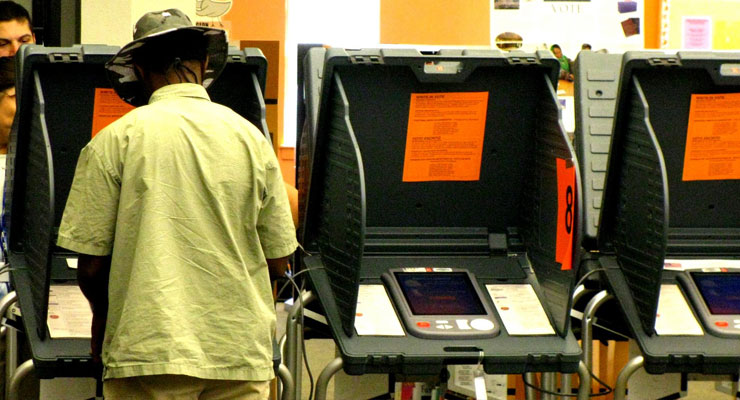 This article by Turquoise Baker, Megan Maier, Lawrence Norden, and Warren Stewart is published by Verified Voting. Here is an excerpt:
This article by Turquoise Baker, Megan Maier, Lawrence Norden, and Warren Stewart is published by Verified Voting. Here is an excerpt:
Between 2014 and 2020, the Brennan Center released a series of analyses detailing the problem of aging voting equipment in the United States. Those analyses relied significantly on data provided by Verified Voting. Today, our organizations update those analyses with a look at the state of the nation’s voting systems ahead of the November 2022 midterm elections.
The Brennan Center’s first overview of voting systems in the United States, published in 2014, found that 43 states relied on machines that were past or near the end of their expected lifespans. Fourteen states used at least some machines that were no longer manufactured and difficult to repair. Outdated machines suffer frequent breakdowns and create long lines at polling places. They are also more susceptible to error and fraud, risking public confidence in elections.
Since that report, the nation has made significant progress toward replacing its most insecure systems. In 2012, for example, the majority of Election Day voters in some or all counties in 16 states voted on direct recording electronic (DRE) voting machines that do not produce a voter-verified paper audit trail (VVPAT). Security experts have long identified DREs as a unique security risk. By 2022, jurisdictions in only six states (Indiana, Louisiana, Mississippi, New Jersey, Tennessee, and Texas) relied on those machines as their principal voting equipment — that is, the technology used by most voters on Election Day in an election jurisdiction.
Read the full story here.
Leave a Reply